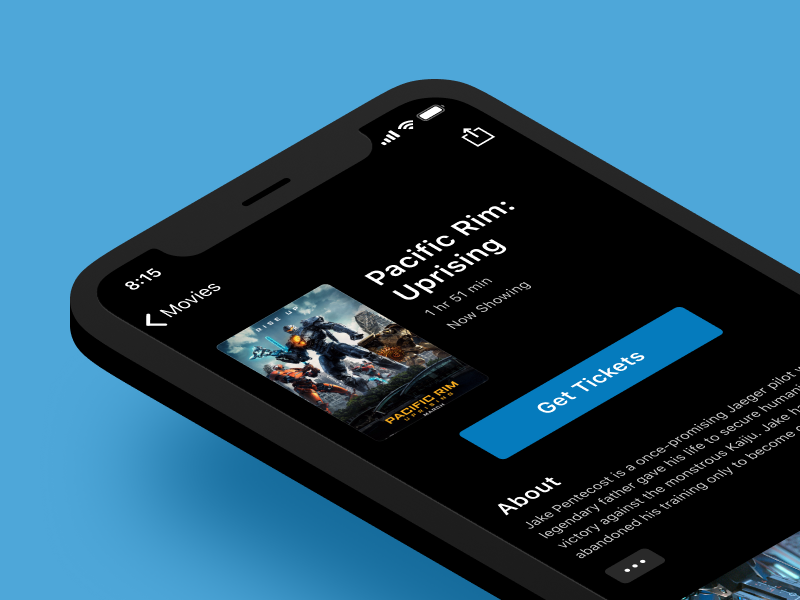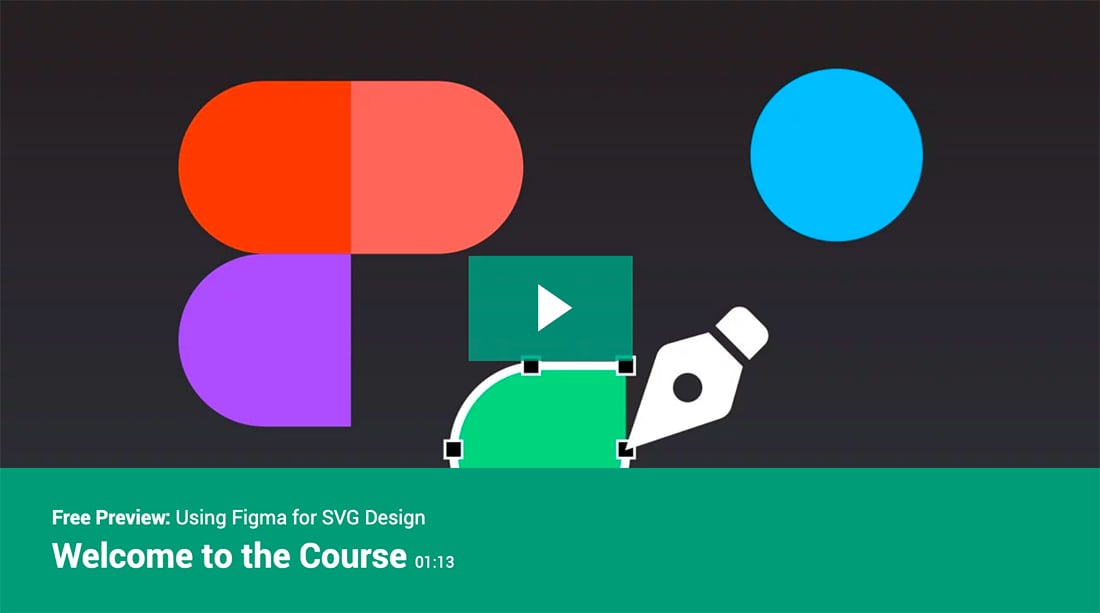

When you are ready with your Components, switch to Prototype mode by clicking the tab in the top right corner of the Figma window. Interactive Components work only for elements that are variants. Now, select these components and create Variants from the group. Then duplicate it to create the next Components for various states of this specific UI element. To prepare a UI element that will be interactive, you have to prepare the Component with it.
Figma tutorial how to#
In the next section I will show you how to do that. This gives you the ability to prepare a prototype that successfully imitates a real solution.Ĭreating interactive elements is very easy. It is worth mentioning that you may prepare interaction not only for “on click” action but also “on drag,” “while pressing,” “while hovering,” “keyboard clicks,” and things triggered automatically thanks to the “delay” feature.

Interactive Components are features that allow you to create a prototype with UI elements that reacts to specific interactions. Grab the mug of your favorite coffee, and let’s dive into Figma Interactive Components! What are Interactive Components in Figma? I will also share some additional tips for more advanced purposes. This time I will show you how to get started with Interactive Components – revolutionary feature for prototyping. When I work in Figma now, I cannot imagine my workflow without them. Modifying their appearance in a way similar to real solutions behavior is a real pleasure.

Finding components with Variants is much quicker. The feature helps to organize Components in a more efficient way. Figma strategically introduces features that are extremely useful, amaze designers, and even boost their creativity.


 0 kommentar(er)
0 kommentar(er)
